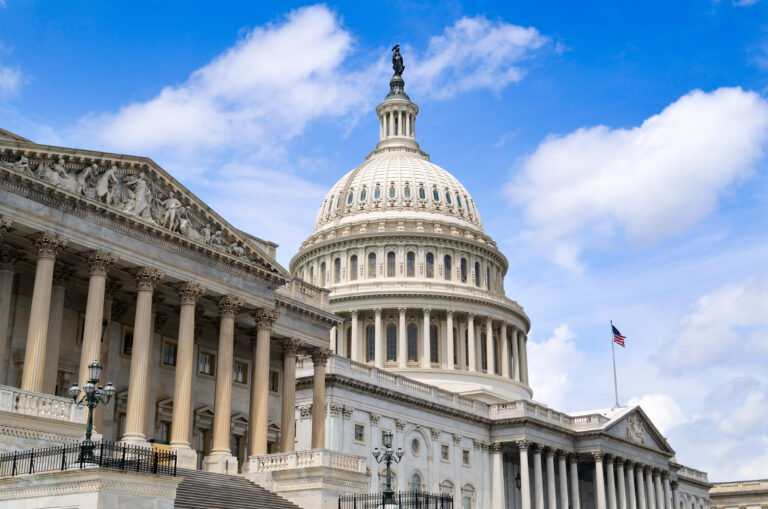A record 7.5 million students in U.S. schools received special education services in 2022-2023, up from less than 13% a decade ago, according to an analysis of federal education data by The Wall Street Journal. These services include speech therapy, specialized reading lessons, and classroom aides.
Why it matters: As the number of students qualifying for services rises, funding and staffing challenges are making it increasingly difficult for schools to meet the needs of students with disabilities. Schools are required by federal law to provide a “free, appropriate public education” (FAPE) to students with disabilities. [NPR]
What’s driving the increase
- Pandemic disruptions: The pandemic left many students with lingering learning and behavioral challenges. Virtual learning made it difficult for students with disabilities to receive services and be identified for special education. Some parents, seeing their children’s struggles up close during remote learning, became more aware of their needs and sought help.
- Shrinking stigma: The stigma around special education has decreased, according to reporting by Education Week. Parents are now more comfortable and assertive in advocating for their children’s needs. This cultural shift has led to more students being identified and receiving the support they need.
Between the lines: There is no comprehensive data on the total amount of money the U.S. spends each year on special education, depriving policymakers of a clear picture of one of the largest line items in school district budgets. [Education Week]
The bottom line: The rise in special education services is stretching school budgets, especially as federal COVID relief aid expires this fall. As more students qualify for services, districts are under pressure to provide adequate support without sufficient funding, and schools face persistent recruiting challenges for special education teachers and aides.
ICYMI: W/A’s David DeSchryver and Alex Davis unpacked the top three reasons special education has such a large impact on school district budgets.




